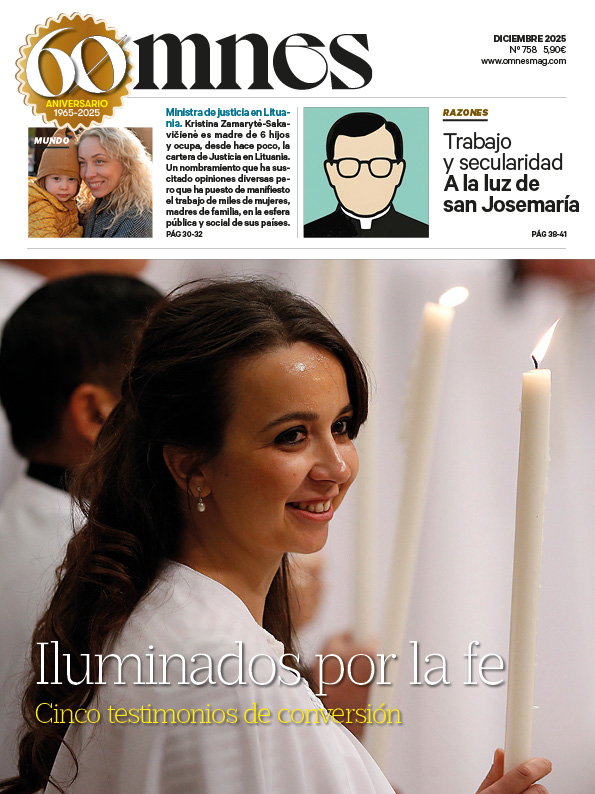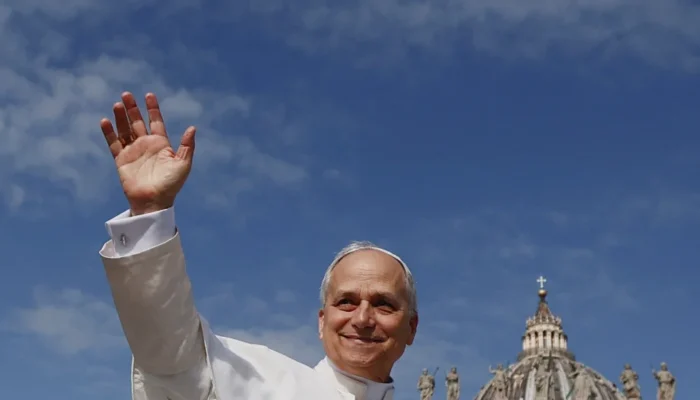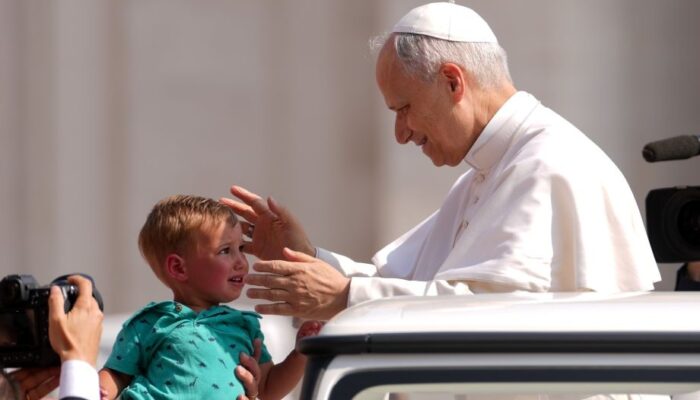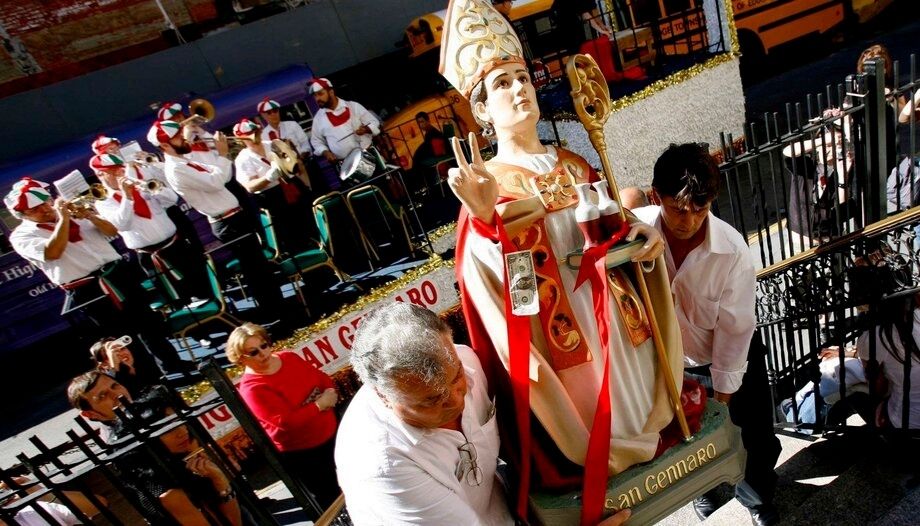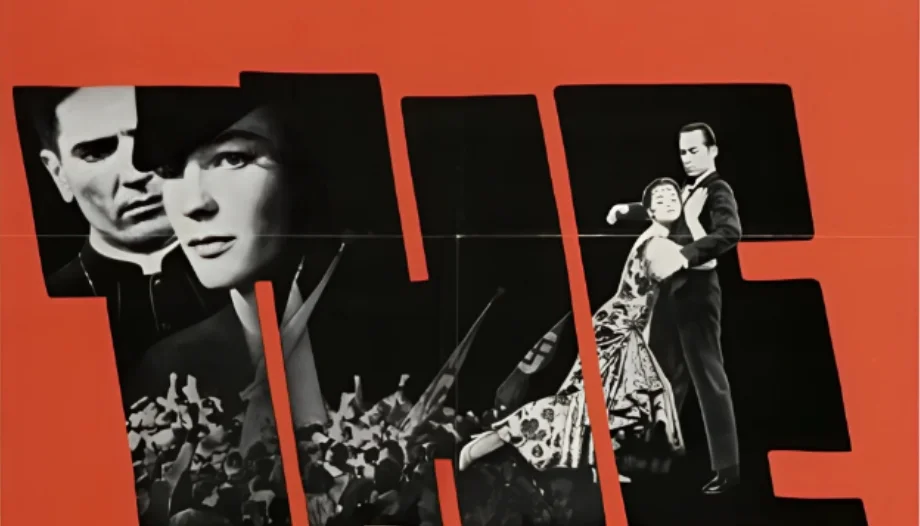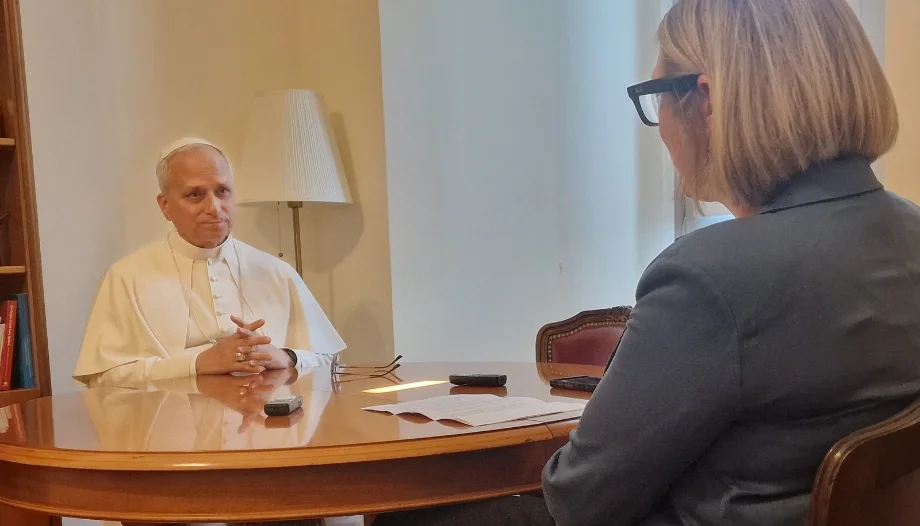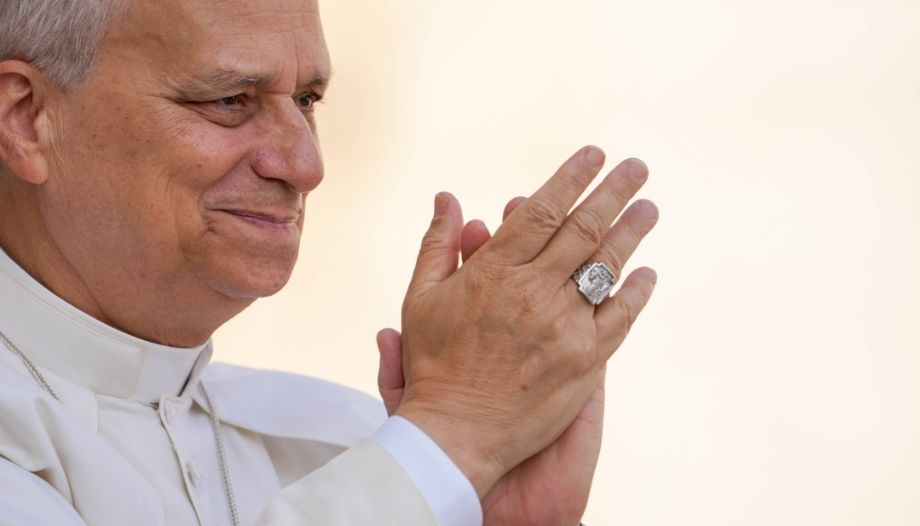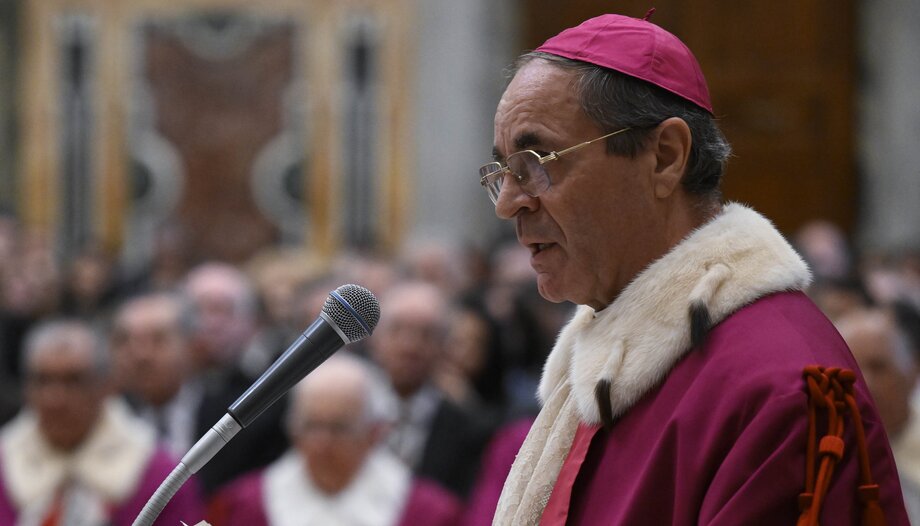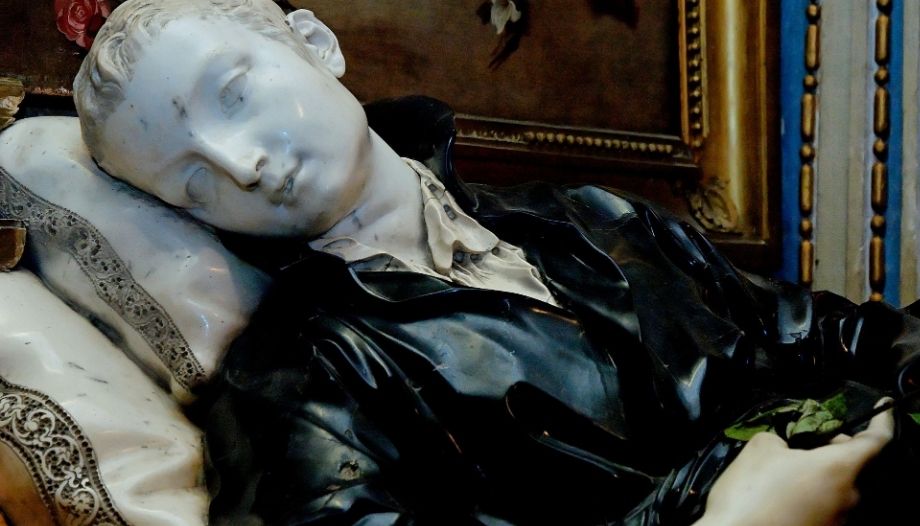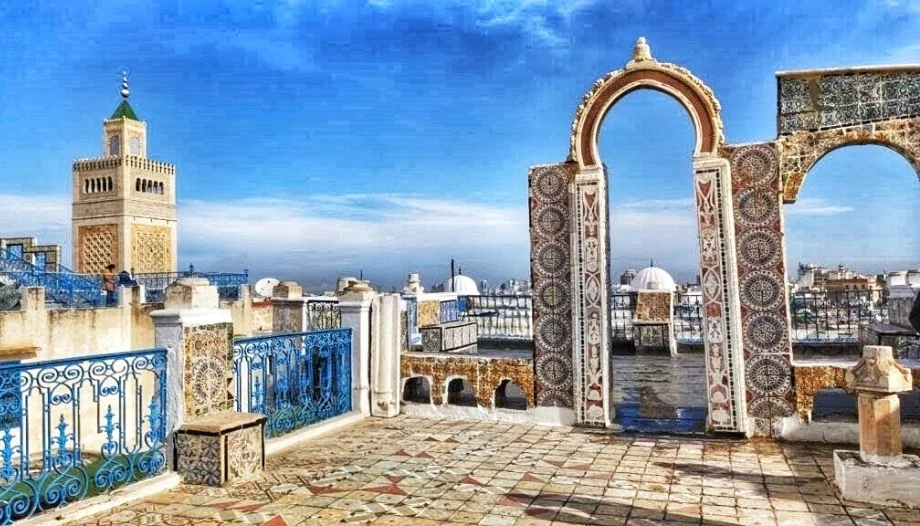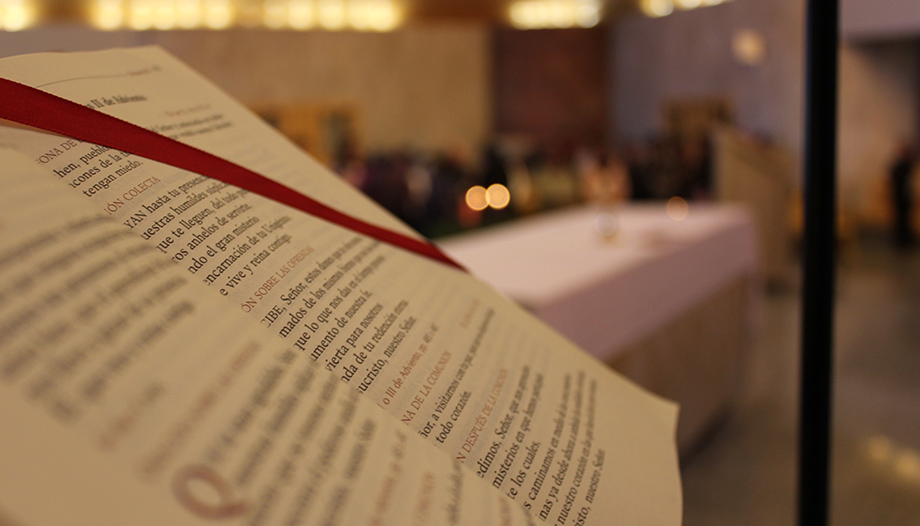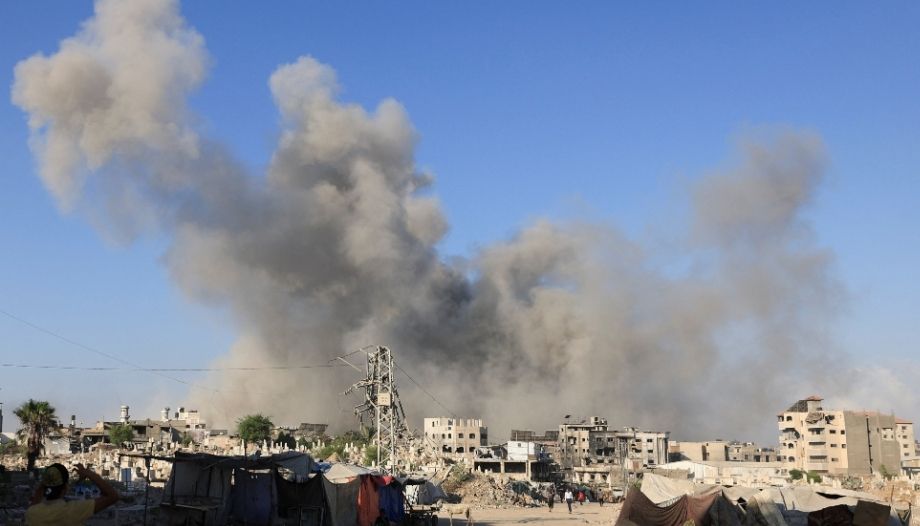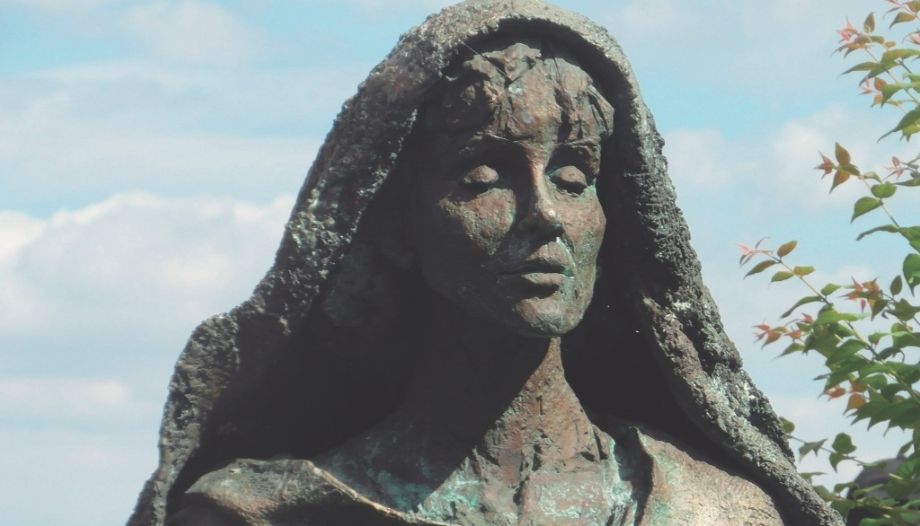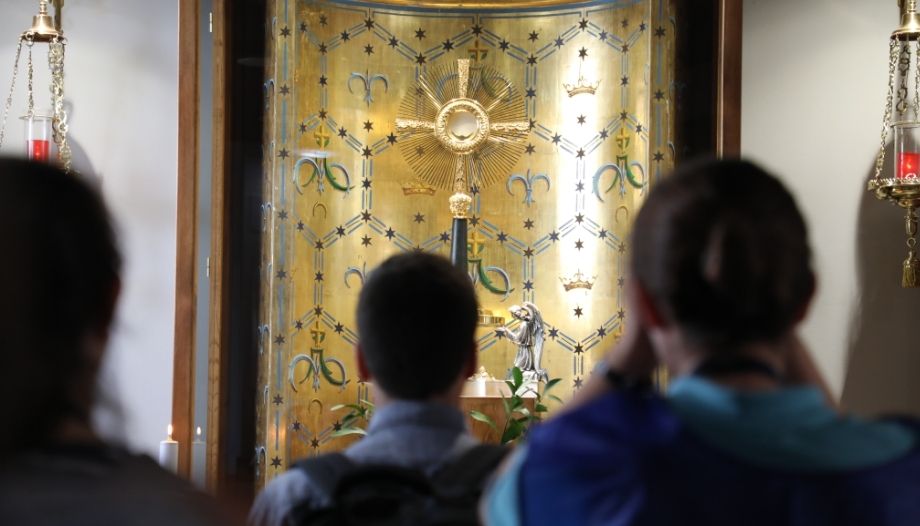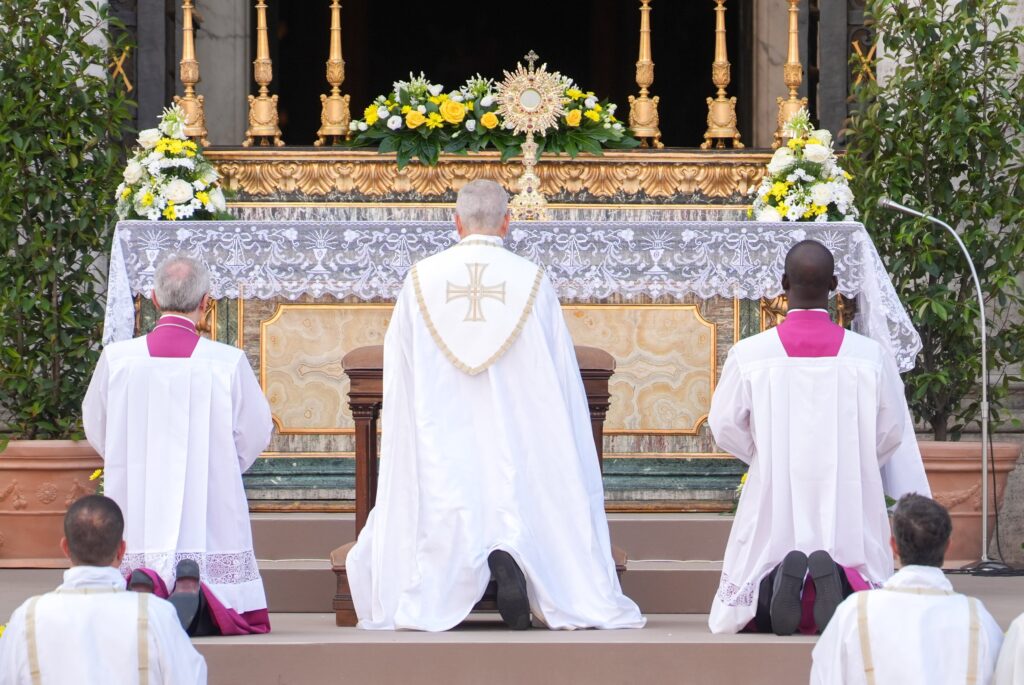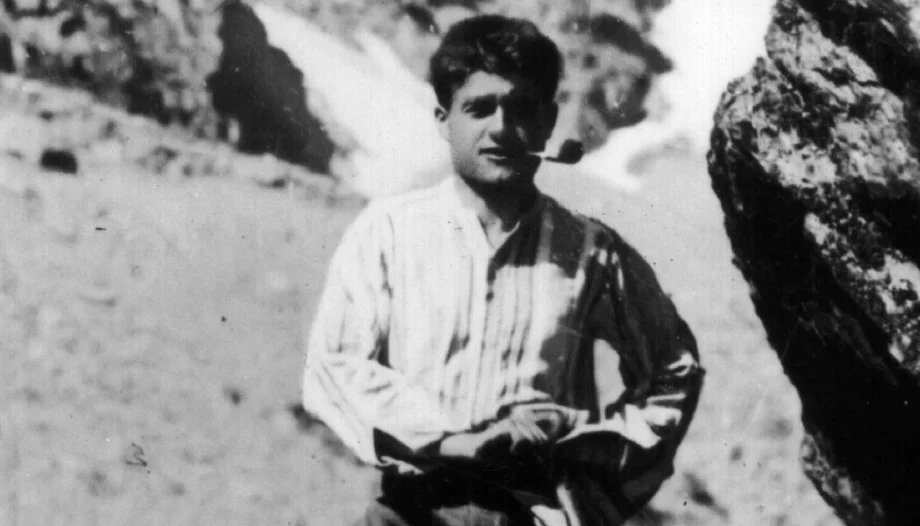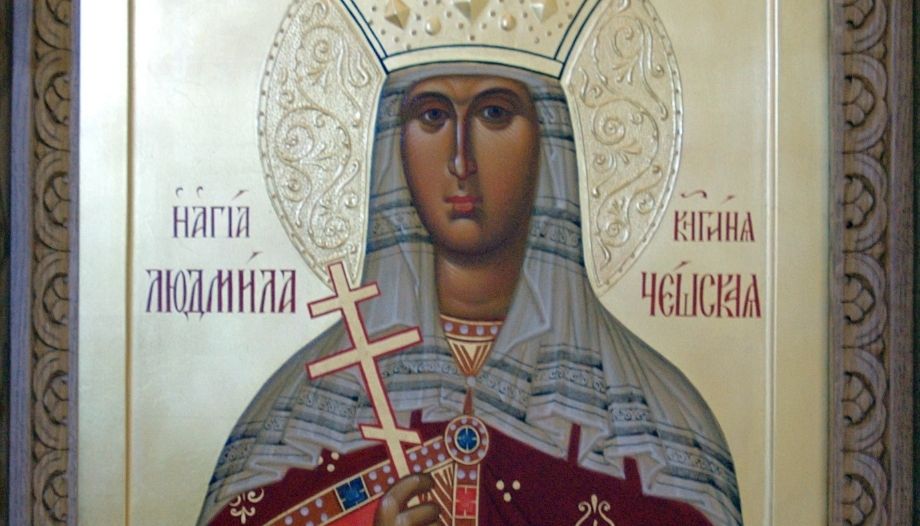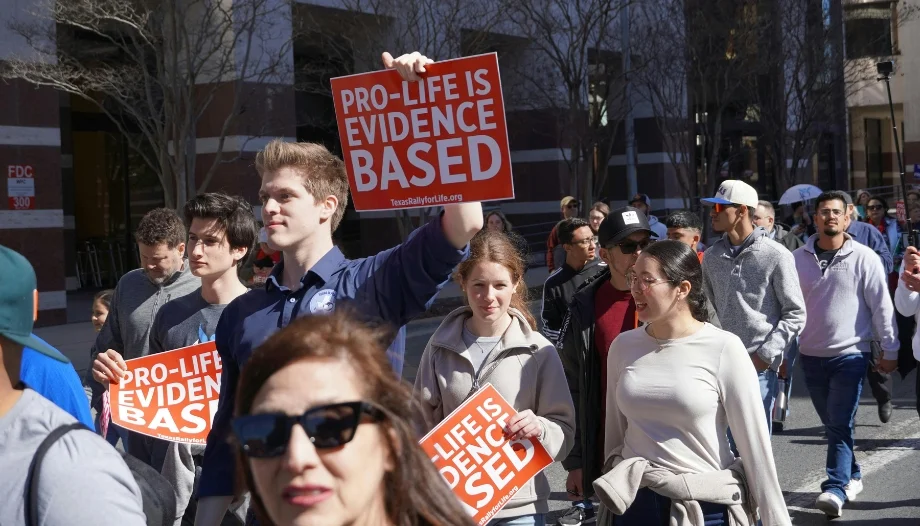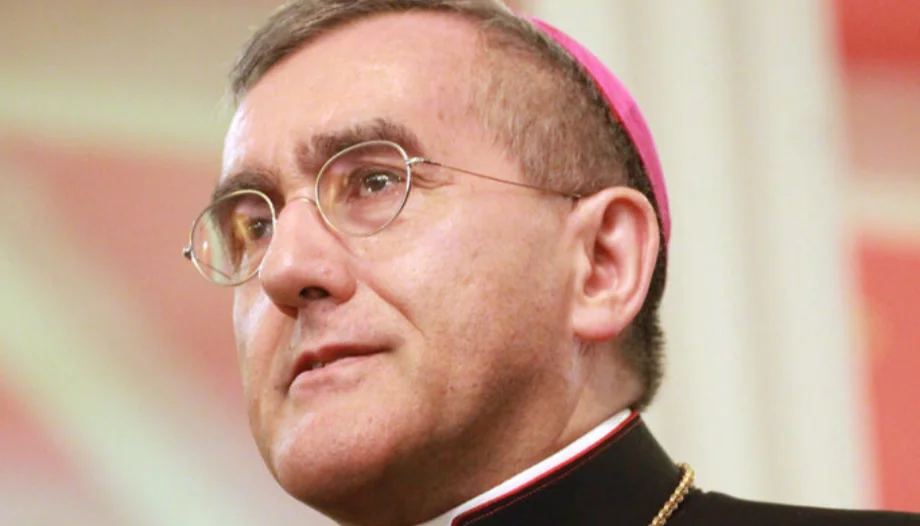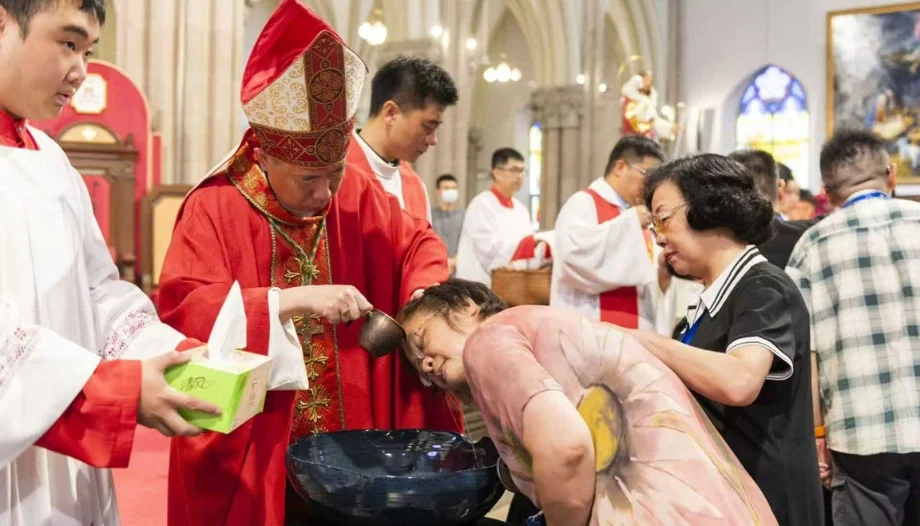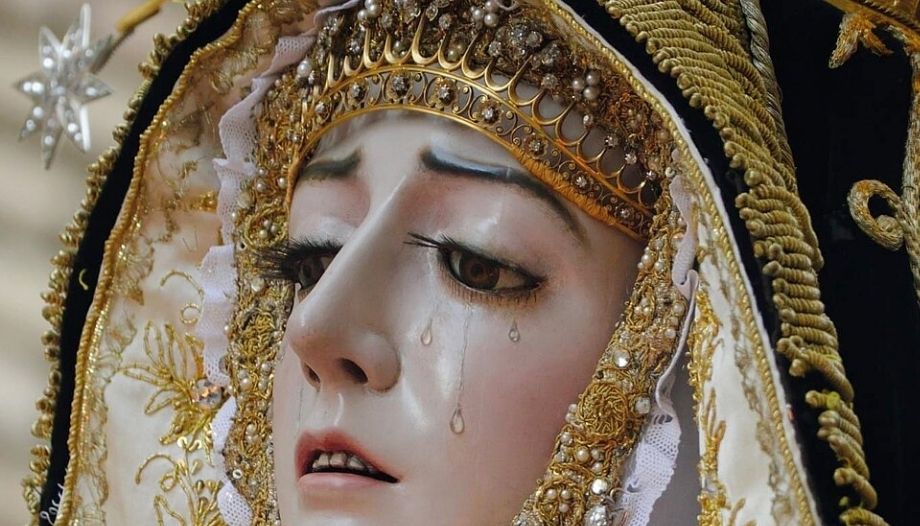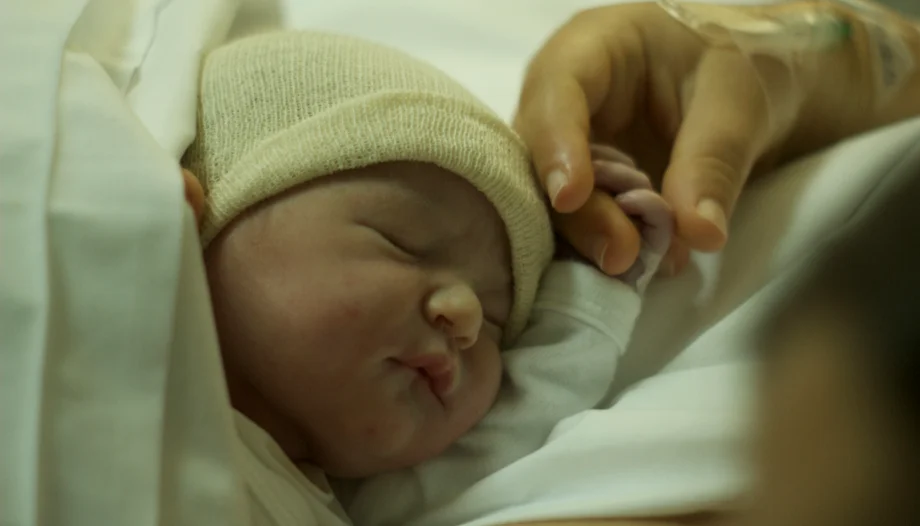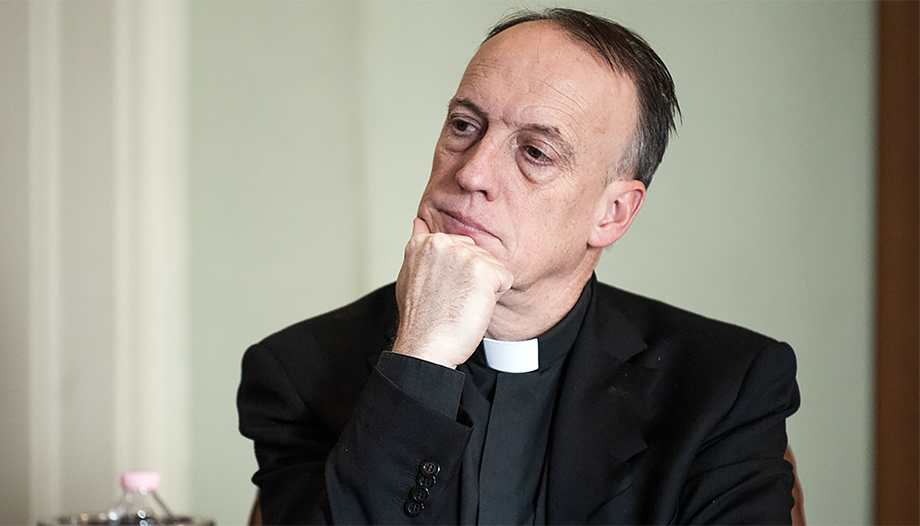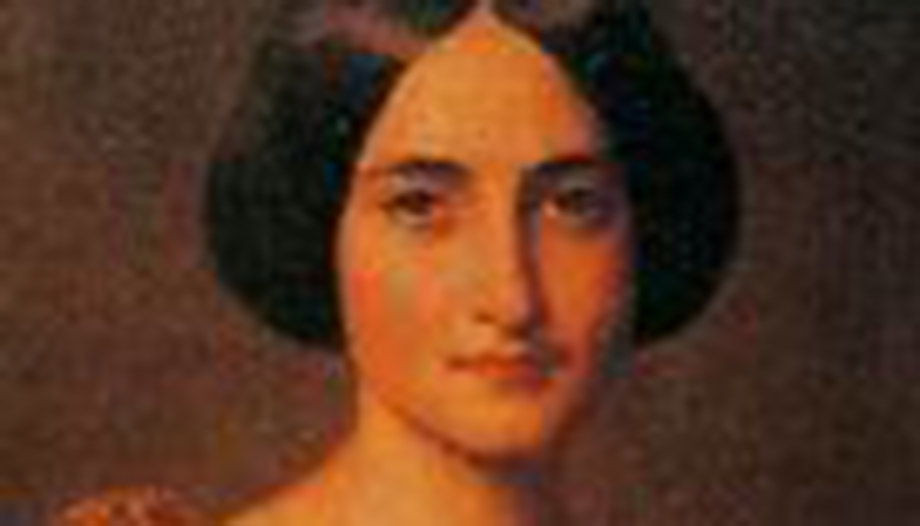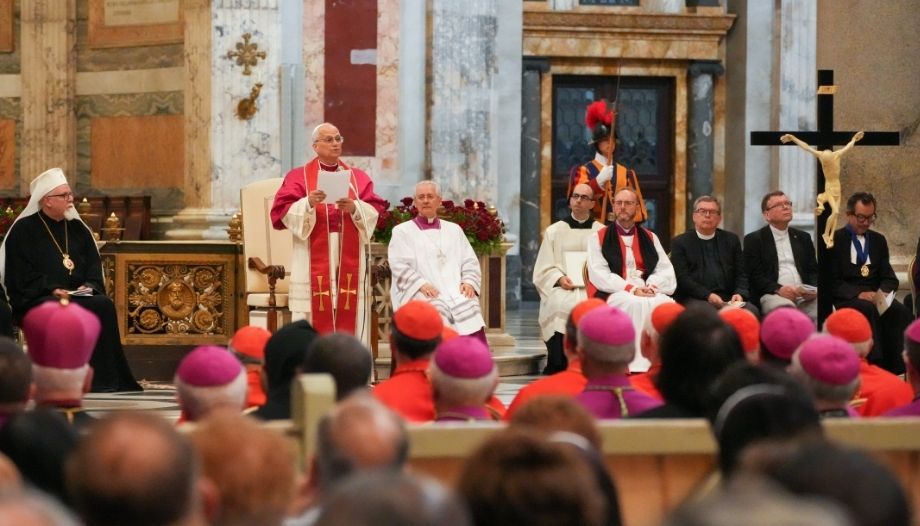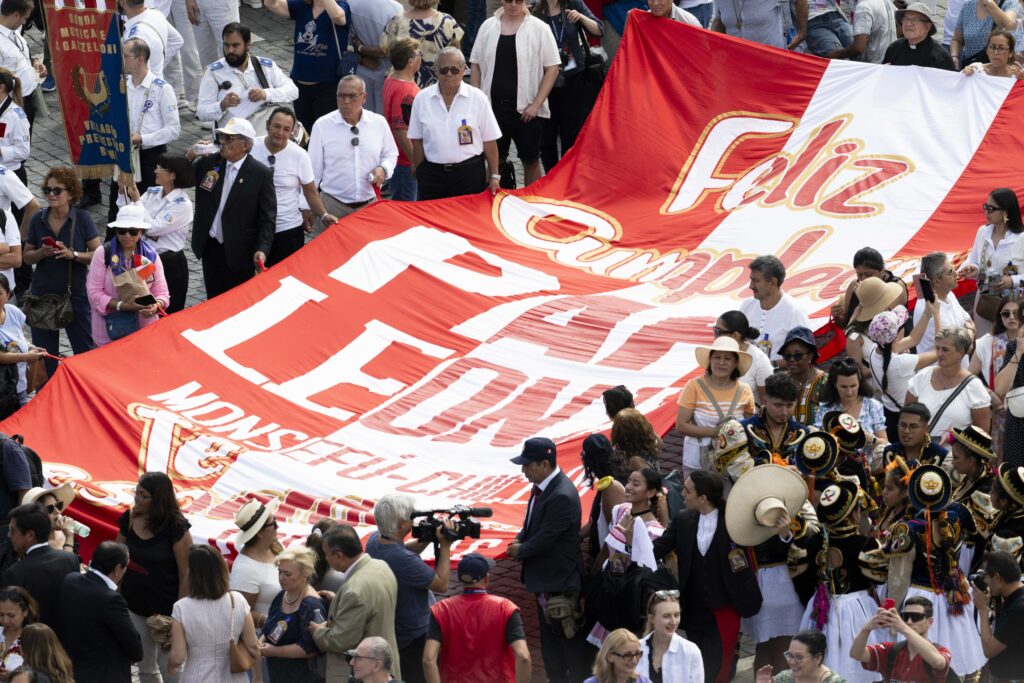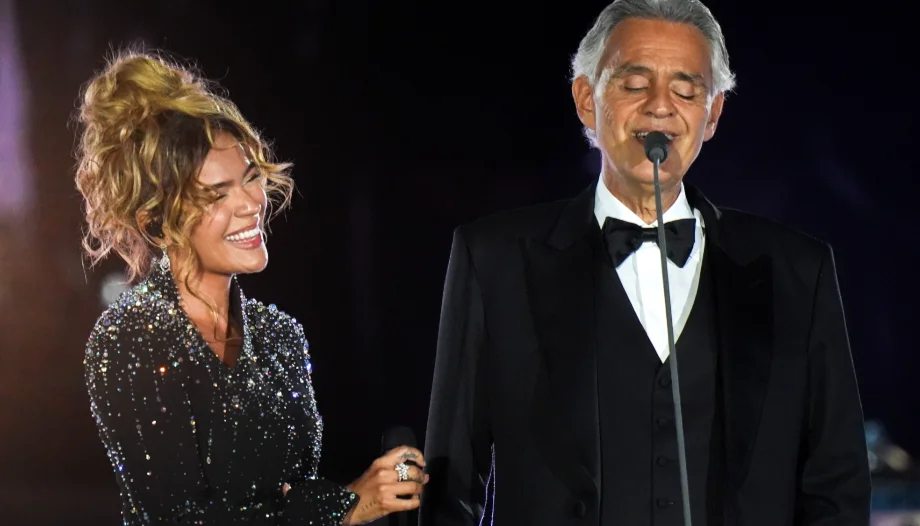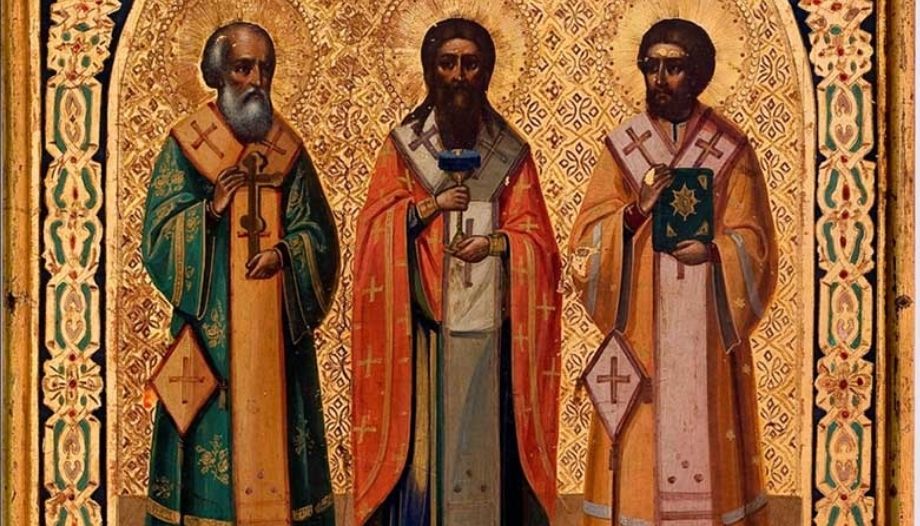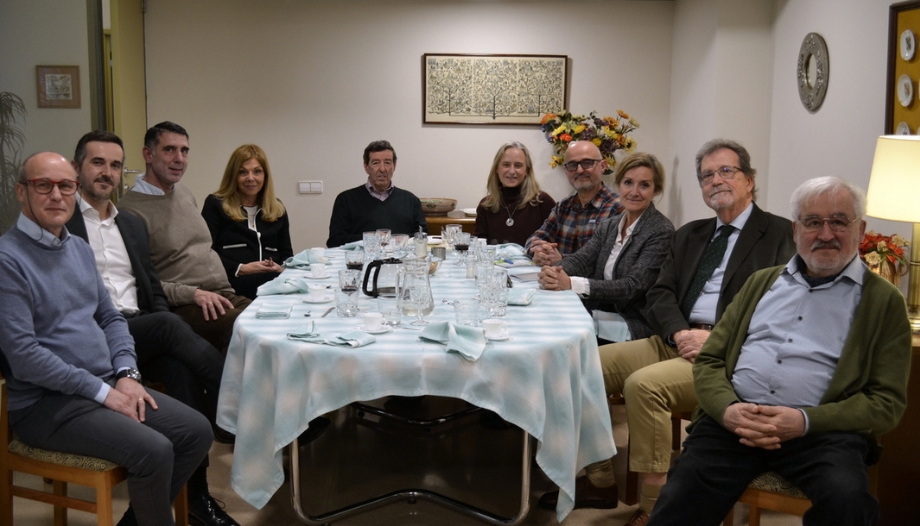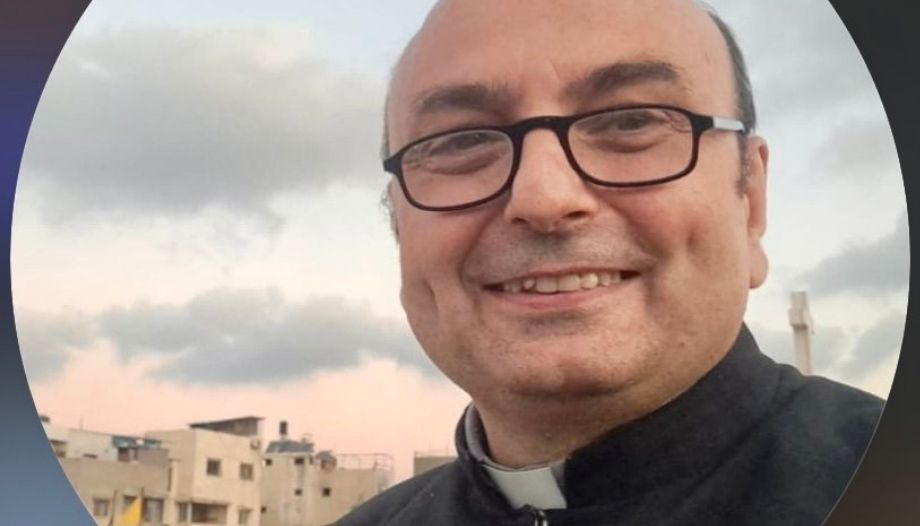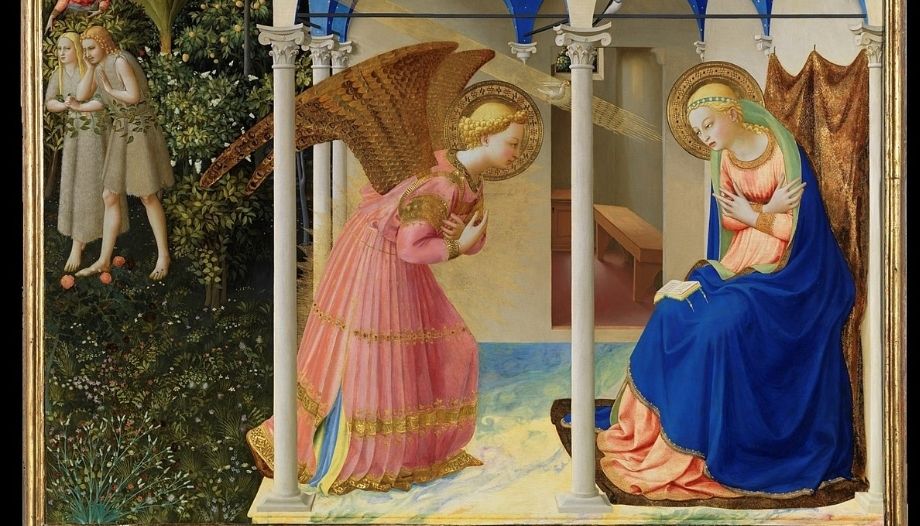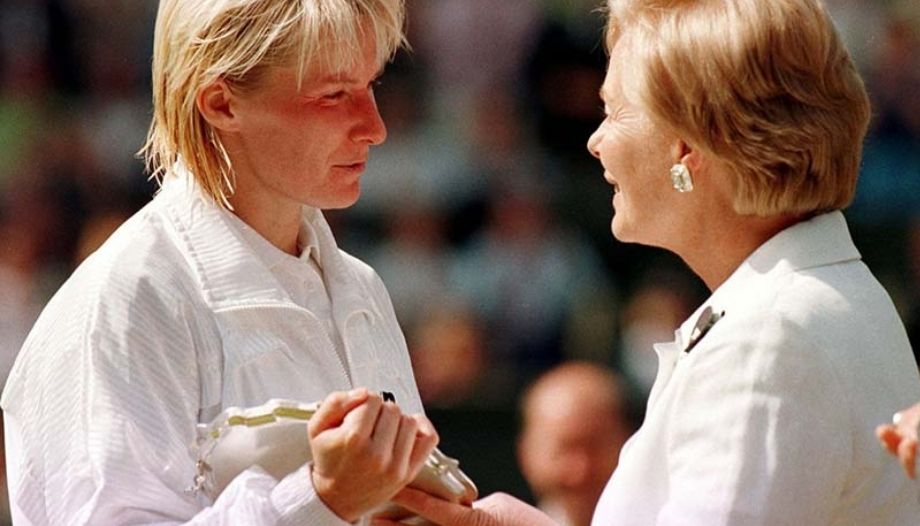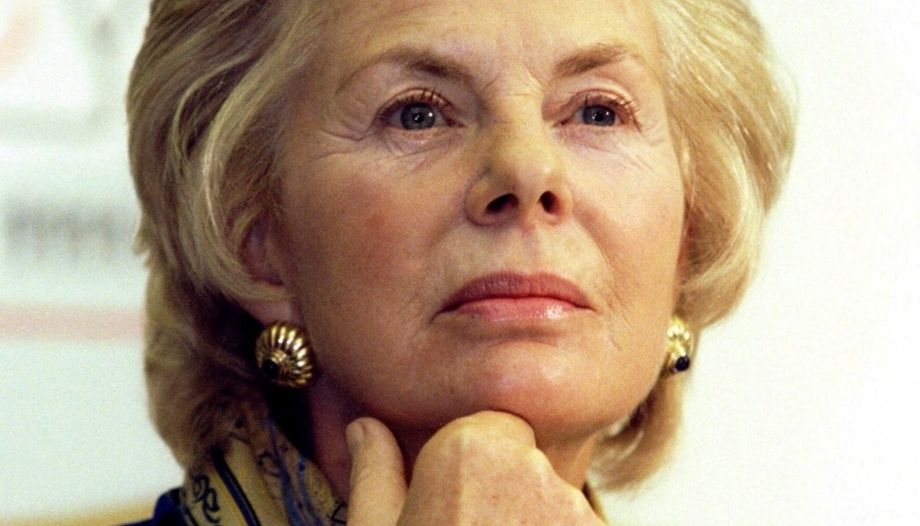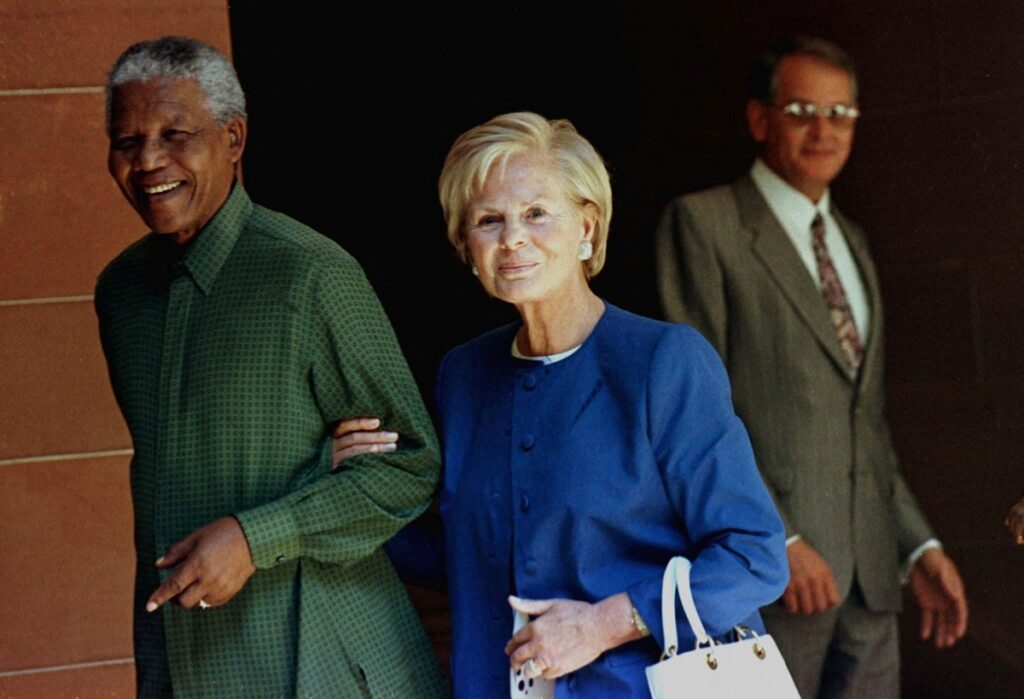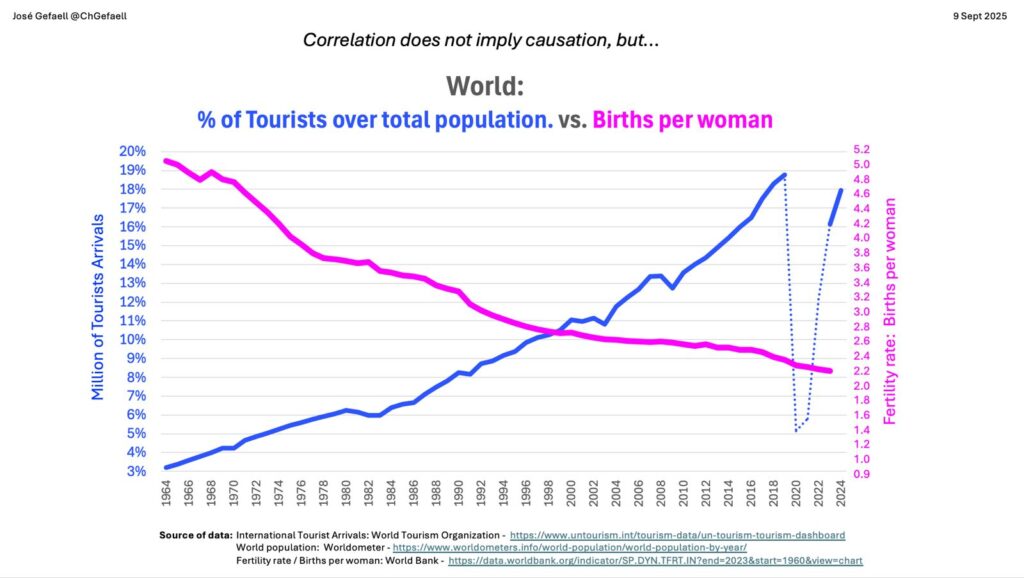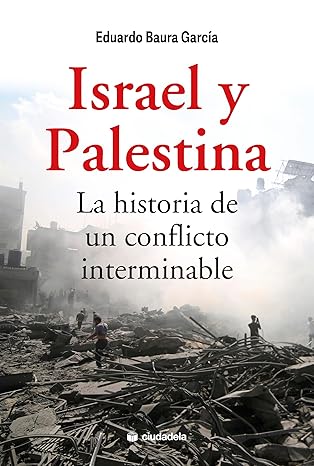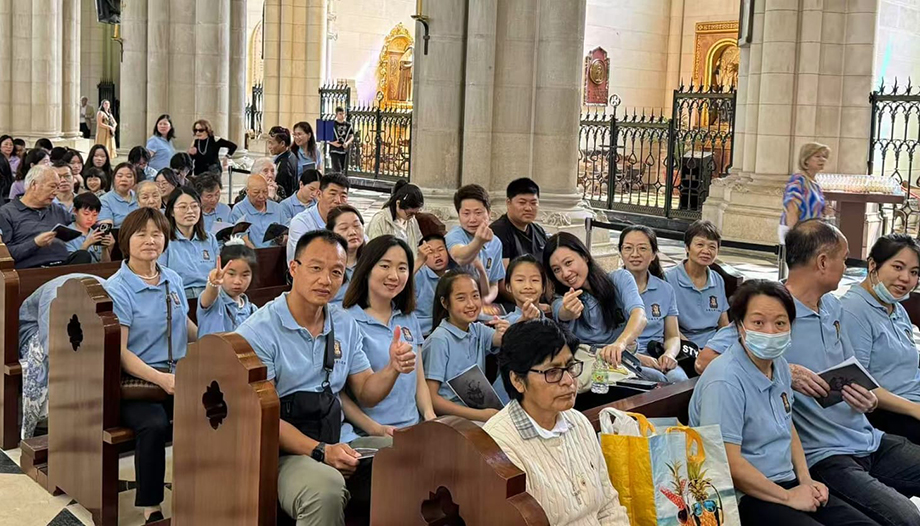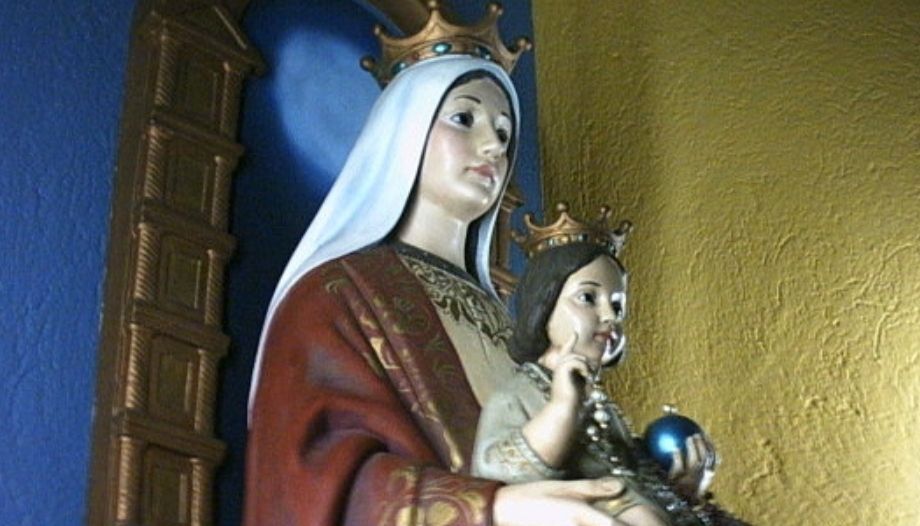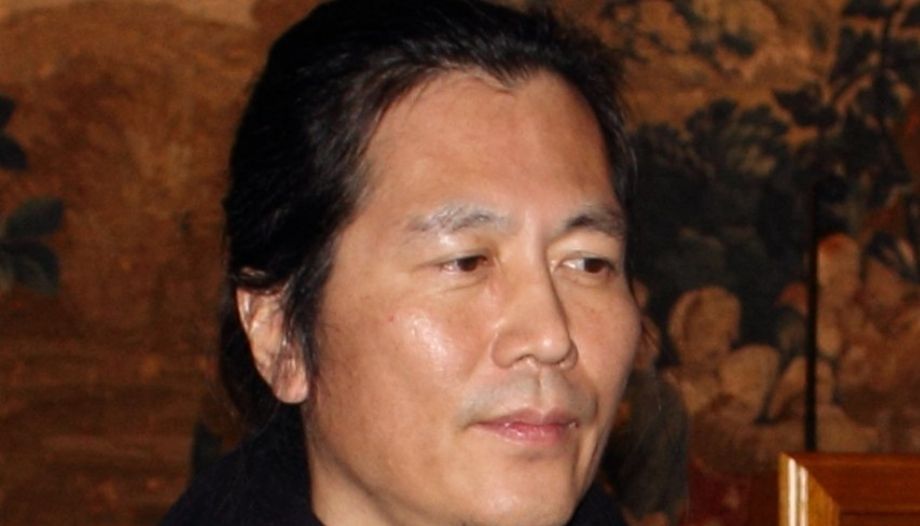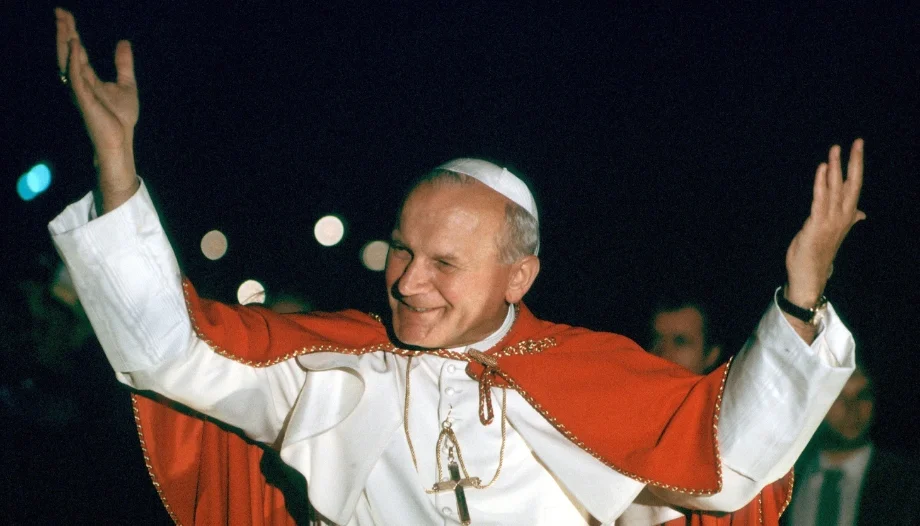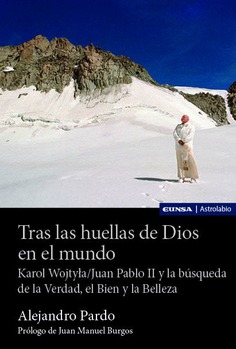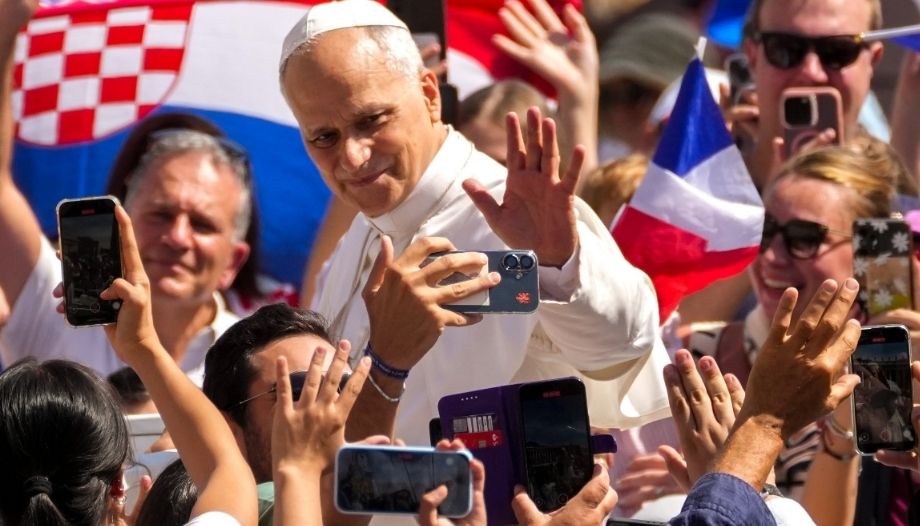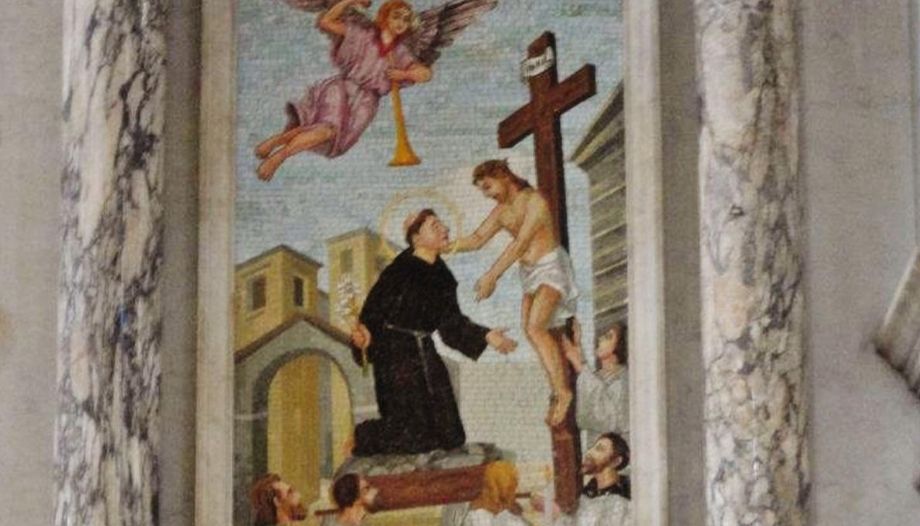In his first interview as Pontiff contained in the book "Leo XIV: Citizen of the World, Missionary of the 21st Century," the Pope laid out a possible map for navigating his pontificate. Just four months after his election, the Pope decided to sit down with journalist Elise Ann Allen, a Crux correspondent, and offer his perspective on the most pressing issues of the current work of the successor of St. Peter: on the role of Supreme Pontiff, his task as mediator or moral voice in a world crowded with armed conflicts, his relationship with the leadership of the Church in his country of origin, his position on controversial issues of the Synod of Synodality such as "the demand for the recognition of same-sex marriage" - the question of the celebration of the Tridentine mass and the financial position of the Holy See. Among other topics, the Pontiff confirmed with his words that his ecumenical zeal will lead him to Nicea at the end of November.
From the beginning of his pontificate, Leo XIV has warned of the great tool and the great challenge that is the Artificial Intelligence In our times, one of the motivations for choosing the name Leo XIV, alluding to Leo XIII's response to the industrial revolution.
In the interview, the Pope expressed his opinion on the danger of artificial intelligence replacing truth and commented on an anecdote in which he himself was a victim of an artificial intelligence. deepfake. After answering the journalist's questions without much hesitation, the Pontiff himself added a unique touch by concluding: "I sleep well, I feel the presence of the Lord very much, the Holy Spirit is with me".
The Role of the Supreme Pontiff, Bilateral and Multilateral Relations of the Holy See
"How was I chosen for this office, for this ministry? Because of my faith, because of what I have lived, because of my understanding of Jesus Christ and of the Gospel", with these words the Holy Father explained what more than 250,000 people witnessed in St. Peter's Square, where, from via della Conciliazione, I was reporting live for EWTN during the habemus papam that made our skin crawl. Among reporters from major networks such as Fox News, CNN and ABC News, Catholic media correspondents shared the weight of those words: the weight that the Fisherman's ring would have on the former Cardinal Prevost.
"I said yes, I am here. I hope to be able to confirm others in their faith, because that is the fundamental role of the successor of Peter," the Pontiff explained in his first interview. In doing so, he established the priorities of his pontificate: to bring the Gospel to the ends of the earth.
When asked if the Vatican would be a mediator in the conflict in Ukraine he explained that the Vatican had already offered on several occasions to host negotiations, however - and very importantly - he added: "I would make a distinction between the voice of the Holy See advocating peace and a role as a mediator, which I think is very different and not as realistic as the former."
He clarified that, according to his understanding of the pontificate, the role of the Pope today, in this time, is mainly that of "announcing the Good News, preaching the Gospel". From this it is understood that the Pope raises his voice for peace, since the values that the Church promotes when it comes to world crises "do not come out of nowhere, they come from the Gospel. They come from a place that makes it very clear how we understand the relationships between God and us, and among ourselves." The Pontiff stated decisively, "I do not see my primary role as trying to be the solver of the world's problems."
Regarding the conflict in the Middle East, when asked about what space there is for dialogue at the moment between Gaza and Israel, the Holy Father admitted the difficulty of this question and stressed the role that the United States is very big when it comes to "putting pressure on Israel". Although he admitted not knowing the answer, he assured that one thing is certain: in addition to solving the urgent problem of famine, there is the challenge of bringing medical assistance to a situation that has been described by various international organizations as "genocide." However, he confirmed that the Holy See does not believe they can make an official statement on the matter at this time.
The Pope stressed that President Donald Trump has already made an approach to possible solutions, however, he expressed concern at the lack of "a clear response in terms of finding effective ways to alleviate the suffering of the people in Gaza." The journalist asked the Pope if he has a meeting planned with the U.S. president, to which he replied, "I think it would be much more appropriate for the leadership of the Church in the United States to engage with him, very seriously."
With these words he underlined an essential aspect about the way in which he will possibly manage some of the conversations with the heads of state, detailing that the work of the Apostolic Nuncio and the Episcopal Conference will be very strong in each country when it comes to these issues. Local agents with local knowledge, this seems to be his approach to the debates that are held within the country, as is the case of immigration, to which he made reference when quoting the letter that Pope Francis sent to the U.S. Bishops' Conference at the end of his pontificate.
It is impossible to ignore the power of the fact that Pope Leo XIV is the first American Pope, so during the interview he was asked if this might make a difference or amplify his voice when he addresses the country. The Pontiff immediately made reference to the U.S. Conference of Catholic Bishops when he said, "I hope in the long run it will make a difference to the bishops of the United States...The fact that I am an American means, among other things, that people can't say, as they did with Francis, 'he doesn't understand America, he just doesn't see what's going on.'"
Declaring himself to be a full North American, a White Sox fan, he said that he felt "fully American" but that he loved the people of Peru very much and that this love is a very big part of his identity. In doing so, he admitted an understanding of the life of the Church in Latin America, which I interpret as an aspect that will have great weight in the way he addresses international audiences.
A definition of synodality, the question of women's ordination, LGBTIQ+ pastoral care, etc.
During the interview the Pontiff offered a definition of synodality. He explained that it is an "attitude, an openness, a willingness to understand" through dialogue, which constitutes an important method of how to live the mission of the Church.
The Pope admitted that some bishops or priests had felt threatened by the development of this listening: "Synodality is going to take away my authority," he quoted. A stinging response: "That's not what synodality is about, and maybe their idea of what their authority is is a little bit unfocused, wrong. I think synodality is a way of describing how we can come together and be a community and seek communion as a Church."
However, the most important clarification about synodality, in my opinion, that he made during this interview, is the following: "It is not about trying to transform the Church into a kind of democratic government". A statement that, undoubtedly, recalls his respect for the hierarchy of the Church, tradition and doctrine, which is the basis and sustenance of the Church. In other words, it seems that the Pontiff was trying to say that the synodal methodology is nothing more than a process of listening to the needs of the Church in different parts of the world and that there is still much to be done in this regard.
Some of the issues that were brought up during the Synod of Synodality were the management of LGBTIQ+ pastoral care. When asked how he would address the issue he said, "I don't have a plan at this time" and stressed that it is a highly polarizing issue within the Church, to which he added "at this moment in history, I am trying not to further promote polarization in the Church."
However, he was very clear when he said, "It seems to me very unlikely, certainly in the near future, that the Church's doctrine will change in terms of what it teaches about sexuality and marriage."
It was here that the Pontiff made an apology for marriage: "the family is a man and a woman in a solemn commitment, blessed in the sacrament of marriage". The Pontiff expressed his concern for the support of the "traditional family". Father, mother and children, he detailed. He explained that this is the basic building block that has been under attack in recent decades.
He confessed that in his own life the influence of his family has been key in molding the person he is: "I am who I am because I had a wonderful relationship with my father and mother. They had a very happy married life for over forty years."
He also added that he is aware of the panorama in which there is pressure for the approval of homosexual marriage or the "recognition of trans people", to which he responded that people will be "accepted and received" in the Church, that priests will hear confessions "from all kinds of people", but that "the teaching of the Church will continue as it is".
On the ordination of women deaconesses, he explained that he has no intention of changing the Church's doctrine on this issue, but that he is willing to continue to listen to the conclusions of study groups, such as the Dicastery for the Doctrine of the Faith.
A few words about the Tridentine Mass
In response to the question of the "many letters" that have reached the Vatican regarding the "Latin Mass," the Pontiff replied matter-of-factly: "Well, you can say Mass in Latin right now. If it is the rite of Vatican II, there is no problem. Obviously, between the Tridentine Mass and the Vatican II Mass, the Mass of Paul VI, I'm not sure where that's going to go. It's obviously very complicated."
He added that the complication arises from the fact that, in his opinion, the issue has become a political tool. He admitted that he hopes to be able to converse with a group of people who advocate the Tridentine rite in order to sit down and talk without the conversation becoming one about ideologies. Because, as he has expressed since the beginning of his pontificate, unity and communion in the Church is for him a priority.
The reforms following Praedicate Evangelium and the financial situation of the Holy See
The Pontiff explained that the purpose of Praedicate Evangelium was to place the Holy See at the service of the ministry of the Pope and the local bishops and to find a way to organize the Holy See so that it is at the service of the people of God. However, he admitted that the Holy See is a human organization and therefore has "aspects to improve". Aspects that we have seen accentuated in financial scandals, such as that of the purchase and sale of a property on Sloane Avenue, which resulted in a loss of more than 100 million euros for the Holy See.
The Pontiff himself made reference to this case: "We have to avoid the bad decisions that were made in recent years. Great publicity was given to the purchase of this building in London, in Sloane Avenue, and how many millions were lost because of that".
On the financial situation of the Holy See, the Pope explained that "various financial units of the Holy See are functioning well" and cited the 2024 report of the Administration of the Patrimony of the Apostolic See. He optimistically admitted that he does not believe that the financial crisis is over, but that it is an issue that does not "keep him awake at night," and invited the Vatican itself to change the narrative so that the Holy See is once again attractive to those who want to make donations. That is, to offer them the assurance that the money granted will be well managed.
He explained that by saying that "the Vatican has often given the wrong message" he is not inviting to change the message just for the sake of changing it, but to show more strongly that there is a certain stability.
For the time being, he concluded that his reform, now, will focus on another issue: it will consist of improving communication between dicasteries, so that they do not work in isolation but in cooperation, something he already considered important from his time as head of the dicastery for bishops.
Ecumenism: a trip to Nicaea, Turkey
"One of the deepest wounds in the life of the Church today is the fact that as Christians we are divided", with these words, the Pope repeated that one of the objectives of the Church today must be unity. To materialize this proposal, he assured that one of his projects is the celebration of the 1700th anniversary of the Council of Nicaea: "I am very interested in this and, hopefully, I will go to Nicaea at the end of November". What, according to Francis' proposal, would be a meeting with the Patriarch of Constantinople, Bartholomew, has become a request by Leo XIV to extend the invitation to "leaders of many different religions or Christian communities".
Next on his agenda: "finding a common date for Easter." The Pontiff admitted that some steps have been taken towards this, without saying whether progress has been made or not. It will definitely be a topic under study at the Vatican.
Artificial intelligence: deepfakes
"It's going to be very difficult to discover the presence of God in AI," Pope Leo admitted in his interview. Without presenting a pessimistic tone, he celebrated the great advances of this technology and the impact it could have on the field of medicine. However, he admitted that he is concerned about the issue of truth and the impact that the creation of a "false world" would have on the world's population.
Finding God in Artificial Intelligence? The Pope explained that "in human relationships, we can find at least signs of God's presence", in mutual respect, in working for peace, which, according to the Pope, are values that arise "from a real understanding of the wonderful gift that God gave us as human beings". Leon added that, in this case, it is the task of the Church to raise her voice, because if she does not do so, she herself will become "just another pawn".
The Pope related an anecdote about what he calls that false world and the danger of the deepfakesOne day, talking to someone, they asked me: "Are you all right? And I said, "Yes, I'm fine, why?". "Well, you fell down a flight of stairs." I said, "No, I didn't fall," but there was a video somewhere where they had created an artificial Pope, me, falling down a flight of stairs while walking, and apparently it was so good that they thought it was me."
About your identity
The interview revealed fascinating features about his identity. Pope Leo XIV presented himself as a man who values privacy and admitted that this was one of the aspects that caused him the most suffering at the time of his election: "Frankly, it's not at all easy to give up everything you were and had in the past and take on a role that is twenty-four hours a day, basically, and so public. Everything is known about me, past, present, et cetera, and the responsibilities and the mission itself," he said. He admitted that assuming the papacy has been for him a pilgrimage between "death and life", a typical image of this Jubilee year.
After citing his predecessor, Pope Francis, on many occasions, Pope Leo XIV recalled a moment that was lived very intensely here in Rome: the last appearance of Francis in the central loggia of St. Peter's Basilica on the day of Easter. His difficulty in speaking, which is why he did not read his own speech, in which he decisively expressed that we are not made for death but for eternal life and that the Resurrection of Christ is proof of this. Words that many of us journalists heard on that occasion and that I keep in my mind with great affection....
In short, his message has had a great impact on the current Pontiff, but the reforms and initiatives that Leo XIV will carry out as the new successor of St. Peter will be very much his own. He will decide them, with the freedom and responsibility that such an office gives him. We will see the imprint of his faith, of what he has lived, his understanding of Jesus Christ and the Gospel.
The authorPaola Arriaza-FlynnVatican correspondent for EWTN Spanish "Noticias" program. He recently anchored live coverage of the conclave and election of Pope Leo XIV. Prior to joining EWTN, he was Vatican correspondent for NBC Telemundo News. He holds degrees in journalism and philosophy from the University of Navarra, Spain.
 New massacre in D.R. Congo: more than 70 killed in a jihadist attack
New massacre in D.R. Congo: more than 70 killed in a jihadist attack Texas massacre. Nothing will ever be the same again
Texas massacre. Nothing will ever be the same again Does religion cause wars? Only 5 percent, according to experts
Does religion cause wars? Only 5 percent, according to experts




